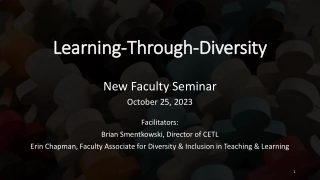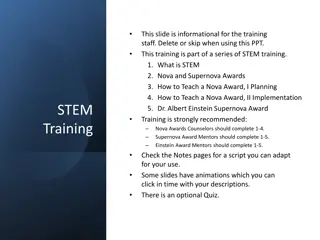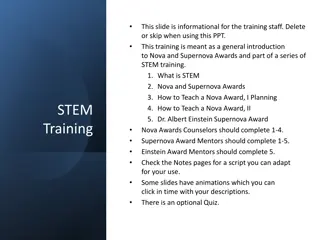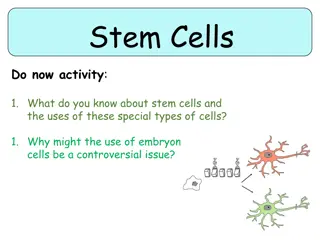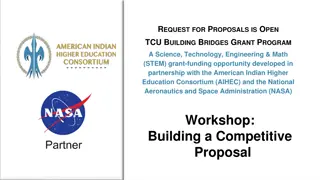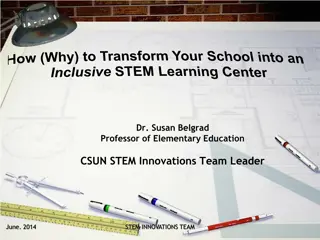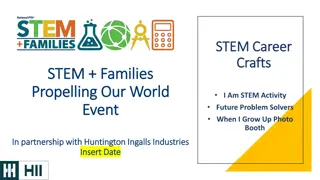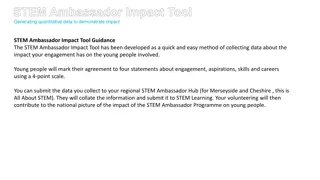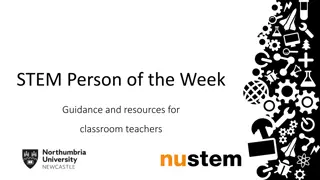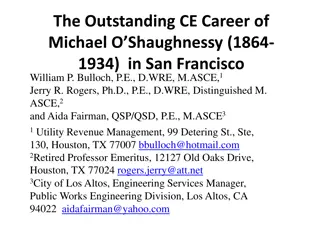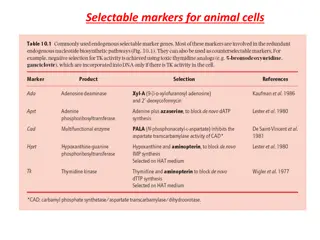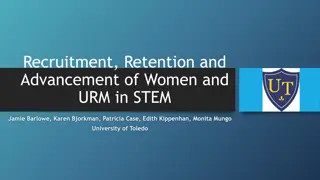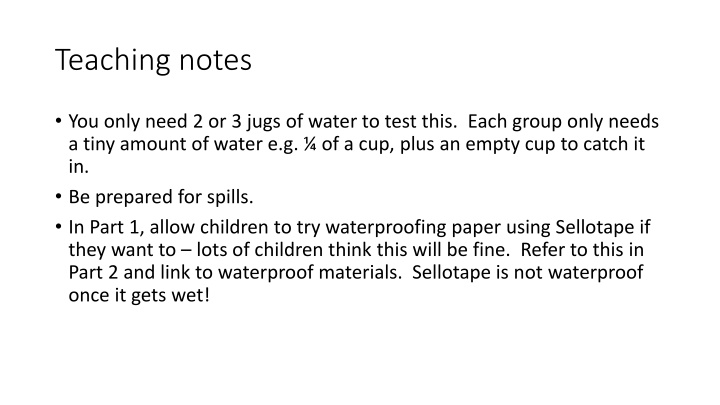
STEM Challenge: Aqueduct Bridge Engineering Project
"Engage children in a STEM challenge to design and build an aqueduct bridge that can safely carry water. The project focuses on teamwork, communication, creativity, critical thinking, and resilience. Learn and experiment with materials to solve engineering problems effectively."
Download Presentation

Please find below an Image/Link to download the presentation.
The content on the website is provided AS IS for your information and personal use only. It may not be sold, licensed, or shared on other websites without obtaining consent from the author. If you encounter any issues during the download, it is possible that the publisher has removed the file from their server.
You are allowed to download the files provided on this website for personal or commercial use, subject to the condition that they are used lawfully. All files are the property of their respective owners.
The content on the website is provided AS IS for your information and personal use only. It may not be sold, licensed, or shared on other websites without obtaining consent from the author.
E N D
Presentation Transcript
Teaching notes You only need 2 or 3 jugs of water to test this. Each group only needs a tiny amount of water e.g. of a cup, plus an empty cup to catch it in. Be prepared for spills. In Part 1, allow children to try waterproofing paper using Sellotape if they want to lots of children think this will be fine. Refer to this in Part 2 and link to waterproof materials. Sellotape is not waterproof once it gets wet!
STEM Challenge Project Aqueduct challenge
Learning Intentions To build up our STEM skills: Teamwork Communication Creativity Critical Thinking Resilience To use the engineering design process to solve a problem
What are your success criteria for this project? I would like to get better at teamwork communication creativity critical thinking resilience How can you get better at this? Write down some strategies for yourself. At the end you will decide if you have been successful.
Aqueduct challenge You are a bridge engineer who has been given the challenge of redesigning the Water of Leith Aqueduct to carry water across a bridge. The water must travel safely from one end of the bridge to the other.
STEM Challenge Design and build an aqueduct which can safely carry water from one end to the other The aqueduct must be at least 25 cm long You will be given a choice of materials: A4 paper 4 sheets Foil 1 piece Sellotape Cup of water to test your aqueduct Empty cup to catch your water Test your aqueduct and try to improve it
Aqueduct challenge What are the problems with this task? What can you predict being difficult? Imagine how you could solve each problem. What have you learned previously about bridges?
What can you learn from others? Learning loop look at other people s work. How did other groups tackle the STEM challenge? Which ideas did you see that were successful? What did you see that hadn t worked, or that you wouldn t use?
STEM Challenge Project Aqueduct challenge Part 2
Learning Intentions To build up our STEM skills: Teamwork Communication Creativity Critical Thinking Resilience To use the engineering design process to solve a problem
What did we learn last lesson? Which ideas were successful? What didn t work? What could you improve about your structure? How did other groups tackle the STEM challenge?
Ideas to consider Pillars wide, layered, pairs, perfect rectangles, roll up carefully so edges match Bridge deck layered, sides folded up Angle of the slope can water run down your slope? Using waterproof materials sellotape on paper is not waterproof Does the height of the aqueduct matter?
STEM Challenge Design and build an aqueduct which can safely carry water from one end to the other The aqueduct must be at least 40 cm long You will be given a choice of materials: A4 paper 4 sheets Poster paper 1 sheet Foil 1 long piece Sellotape Cup of water to test your aqueduct Empty cup to catch your water Test your aqueduct and try to improve it
What can you learn from others? Learning loop look at other people s work. How did other groups tackle the STEM challenge? Which ideas did you see that were successful? What did you see that hadn t worked, or that you wouldn t use?
Evaluation Discuss how your team approached the STEM challenge today What did you learn today? Which STEM skills did you develop? How could you improve your design? Can you think of another similar STEM challenge you could set yourself to try at home?


